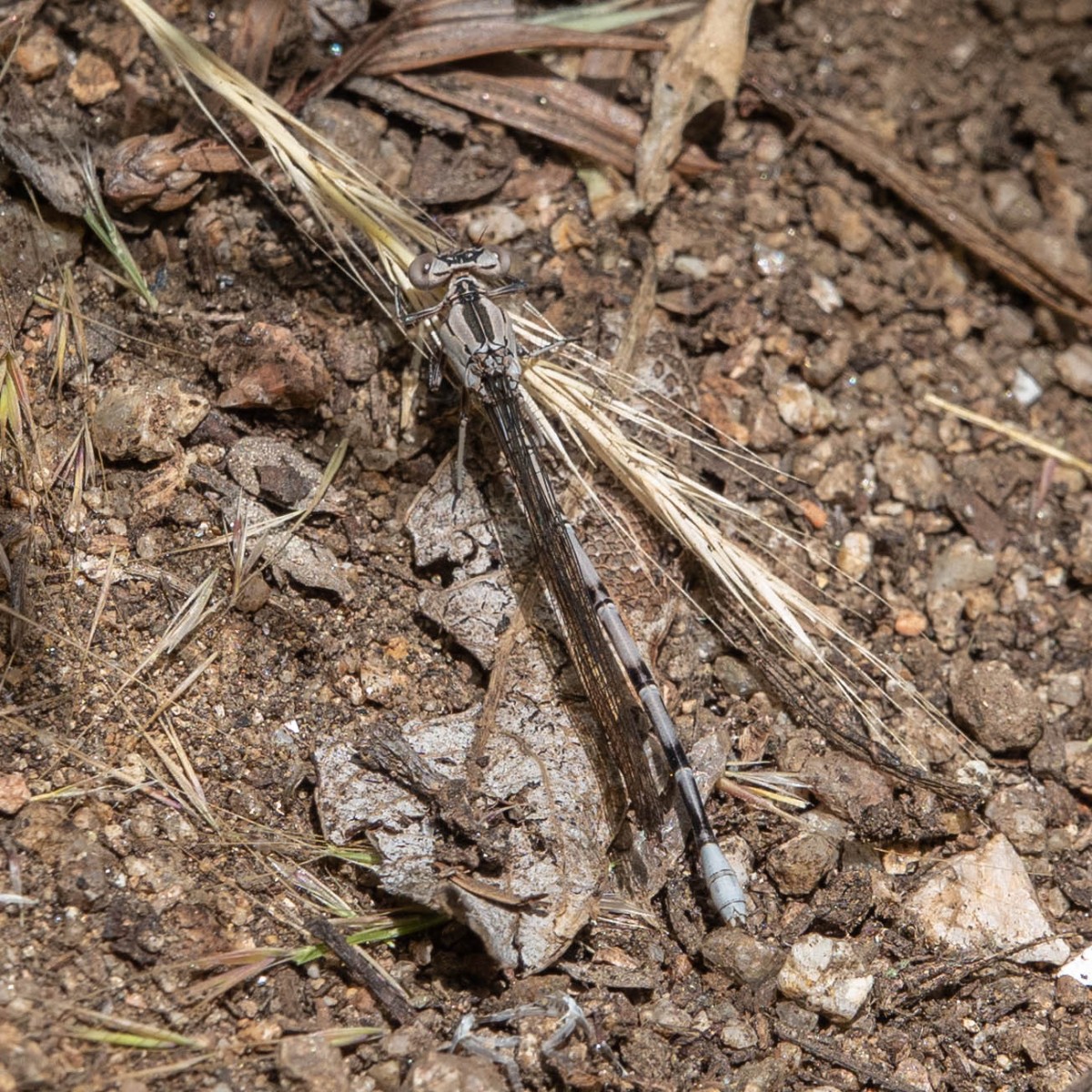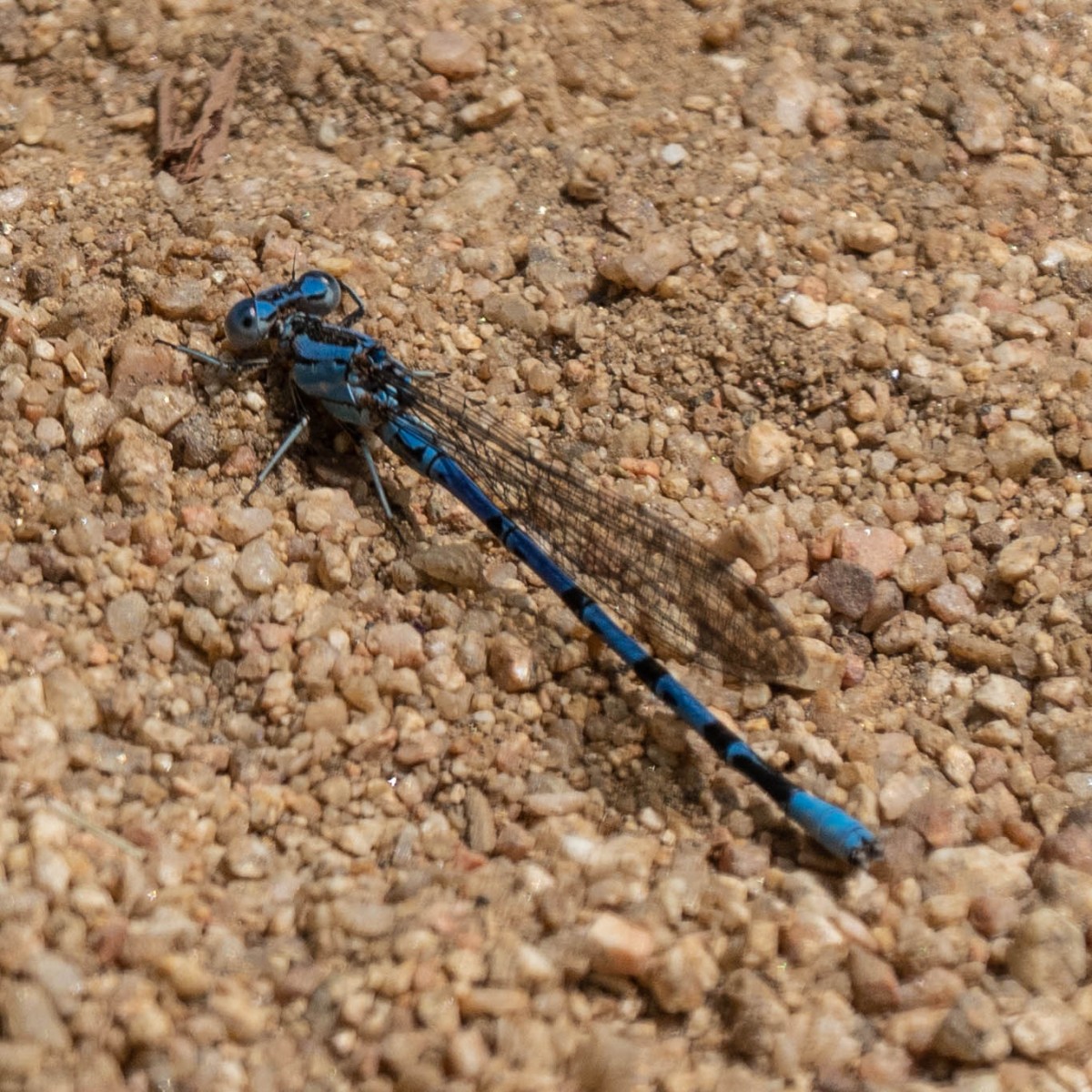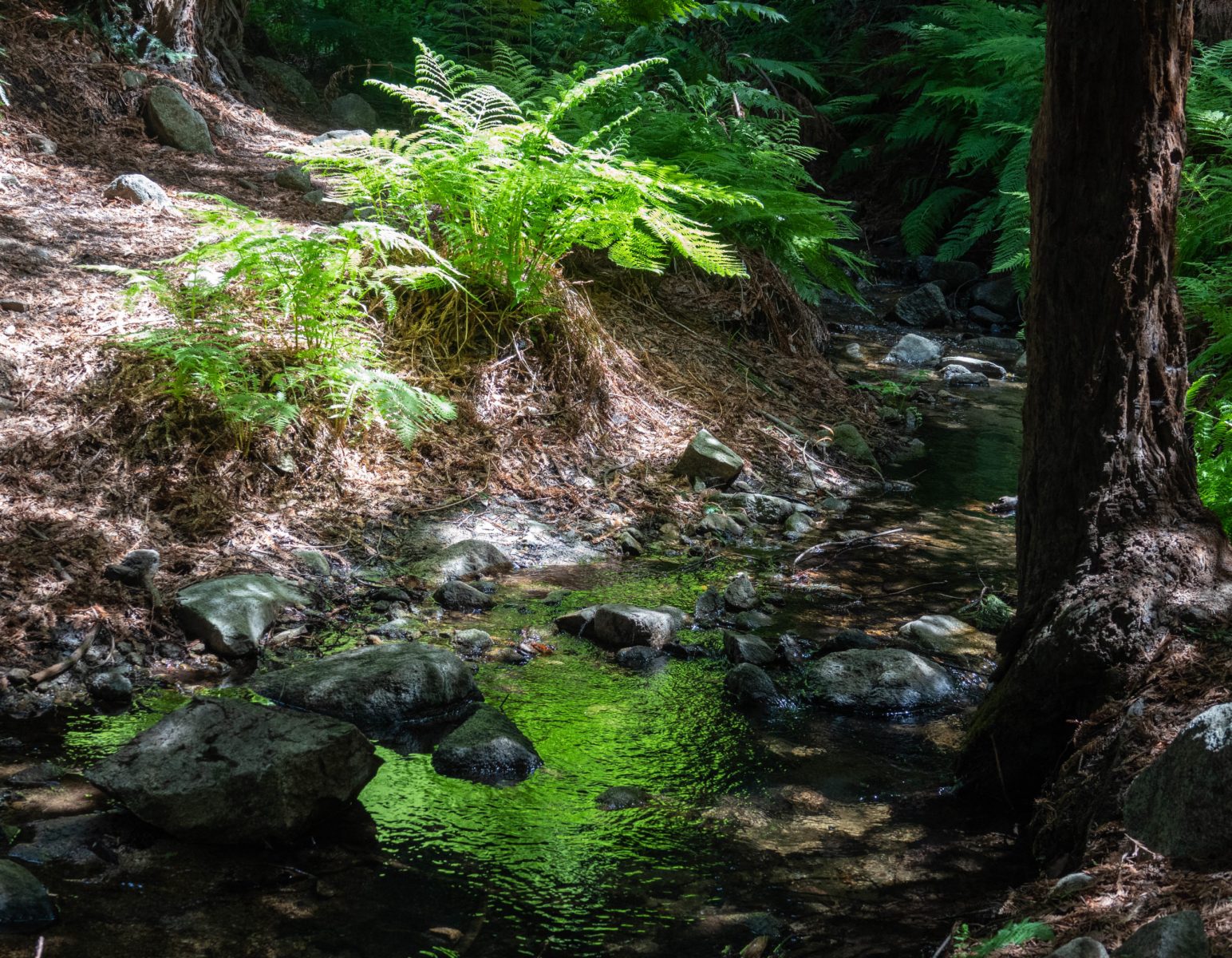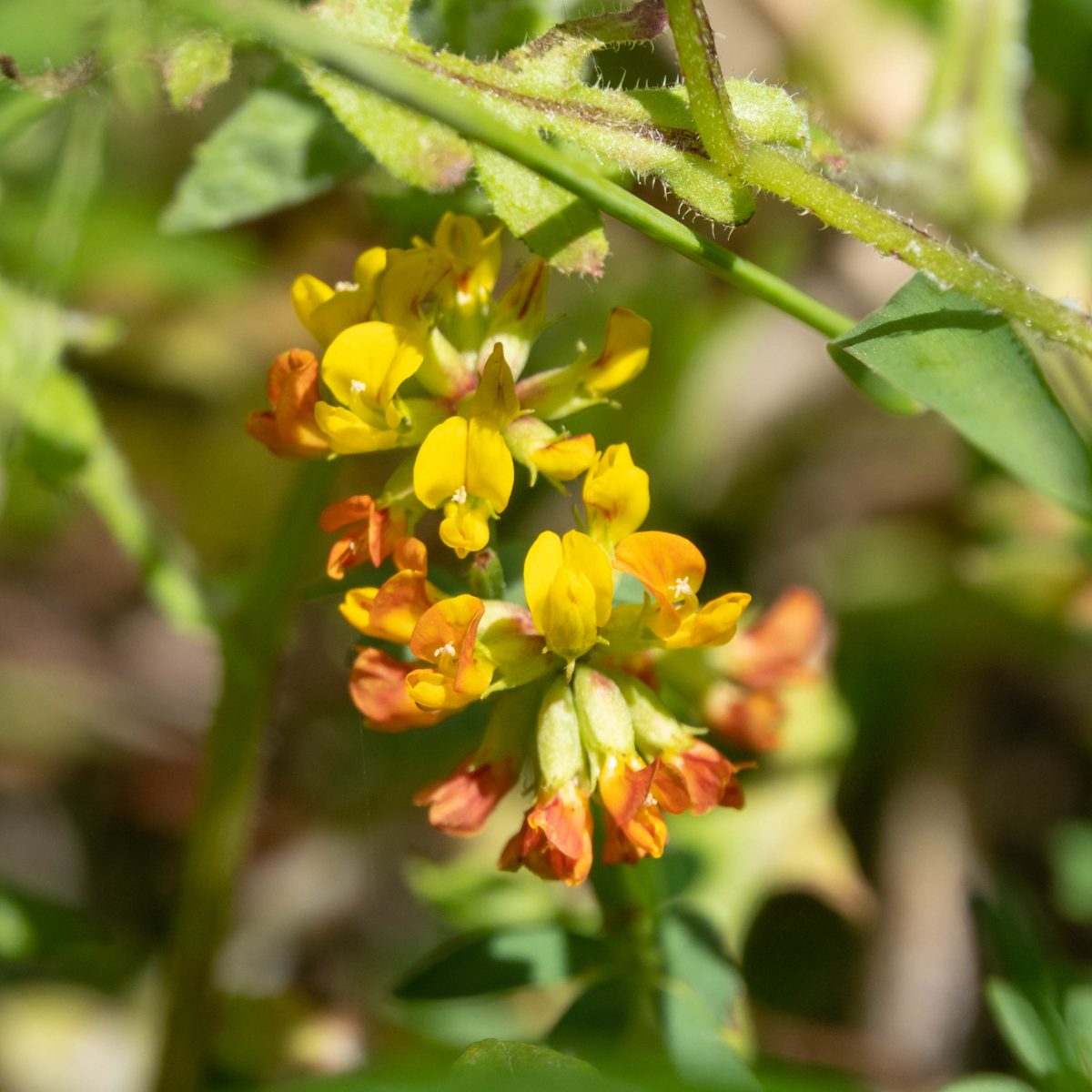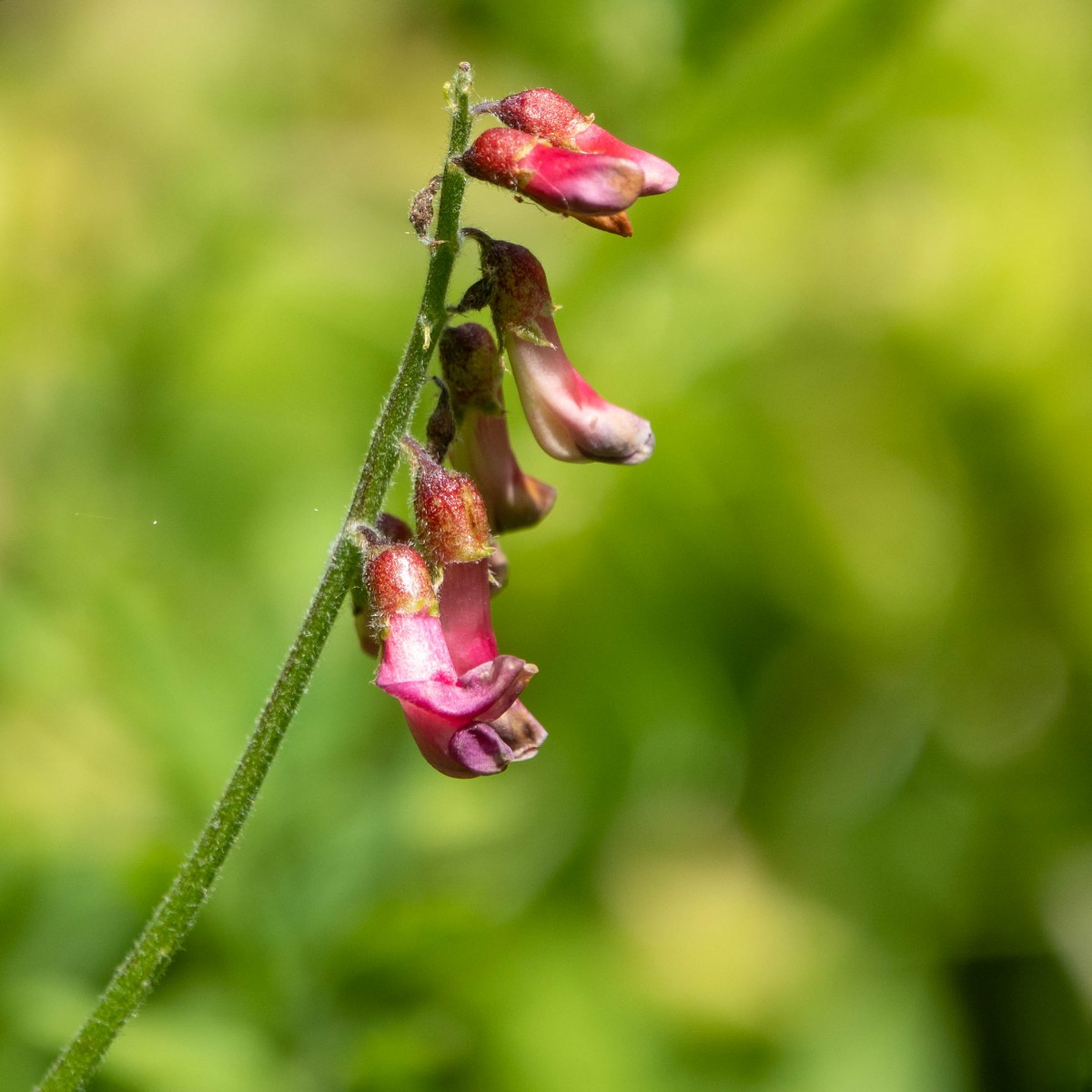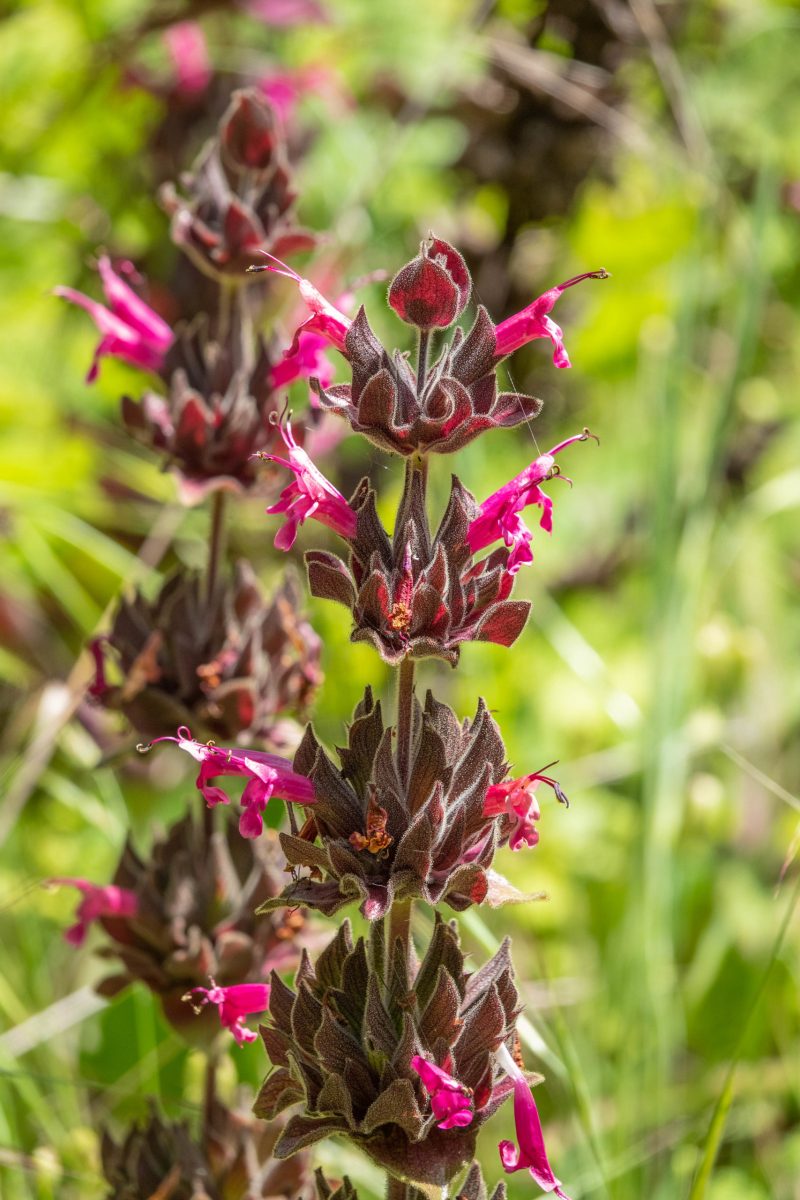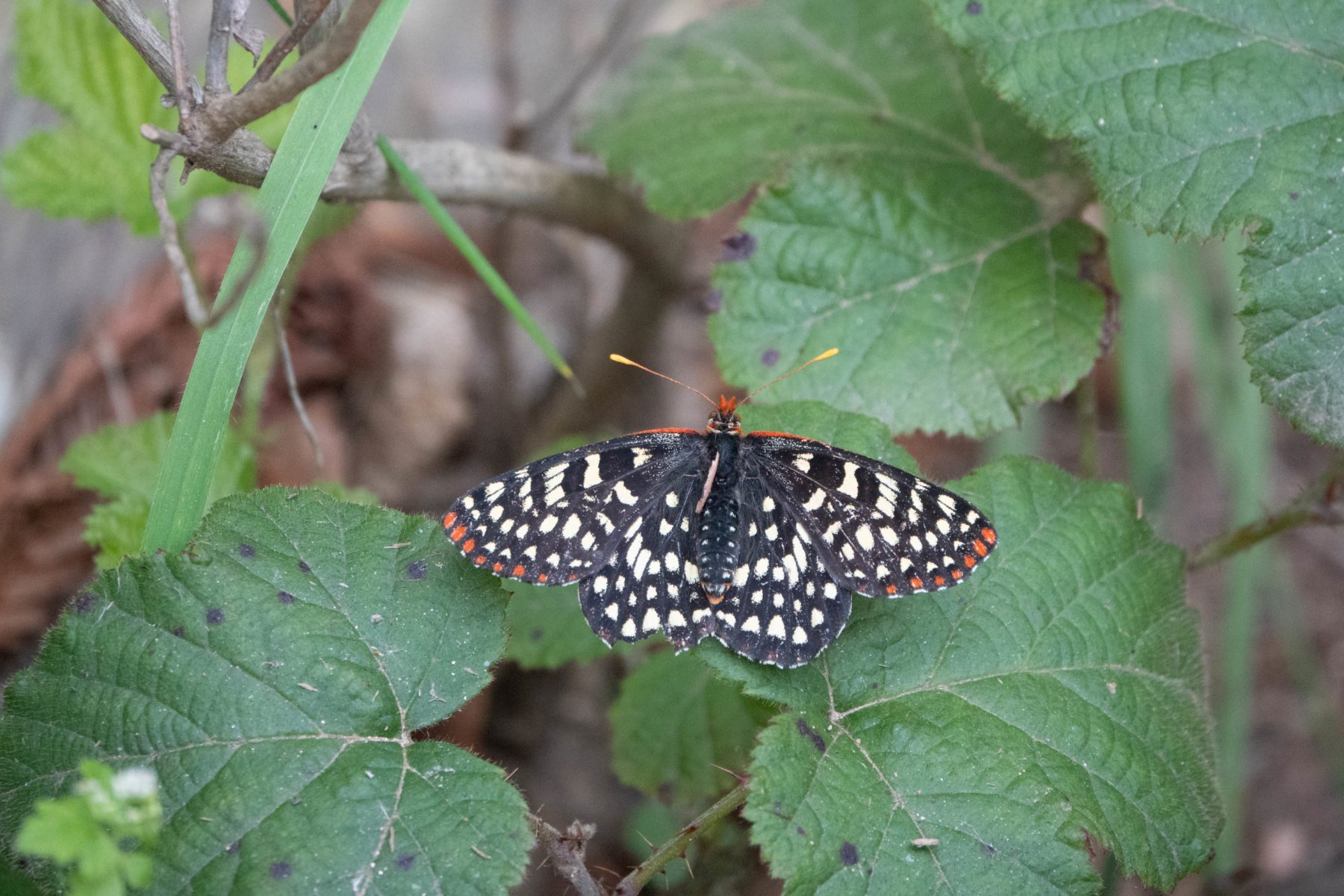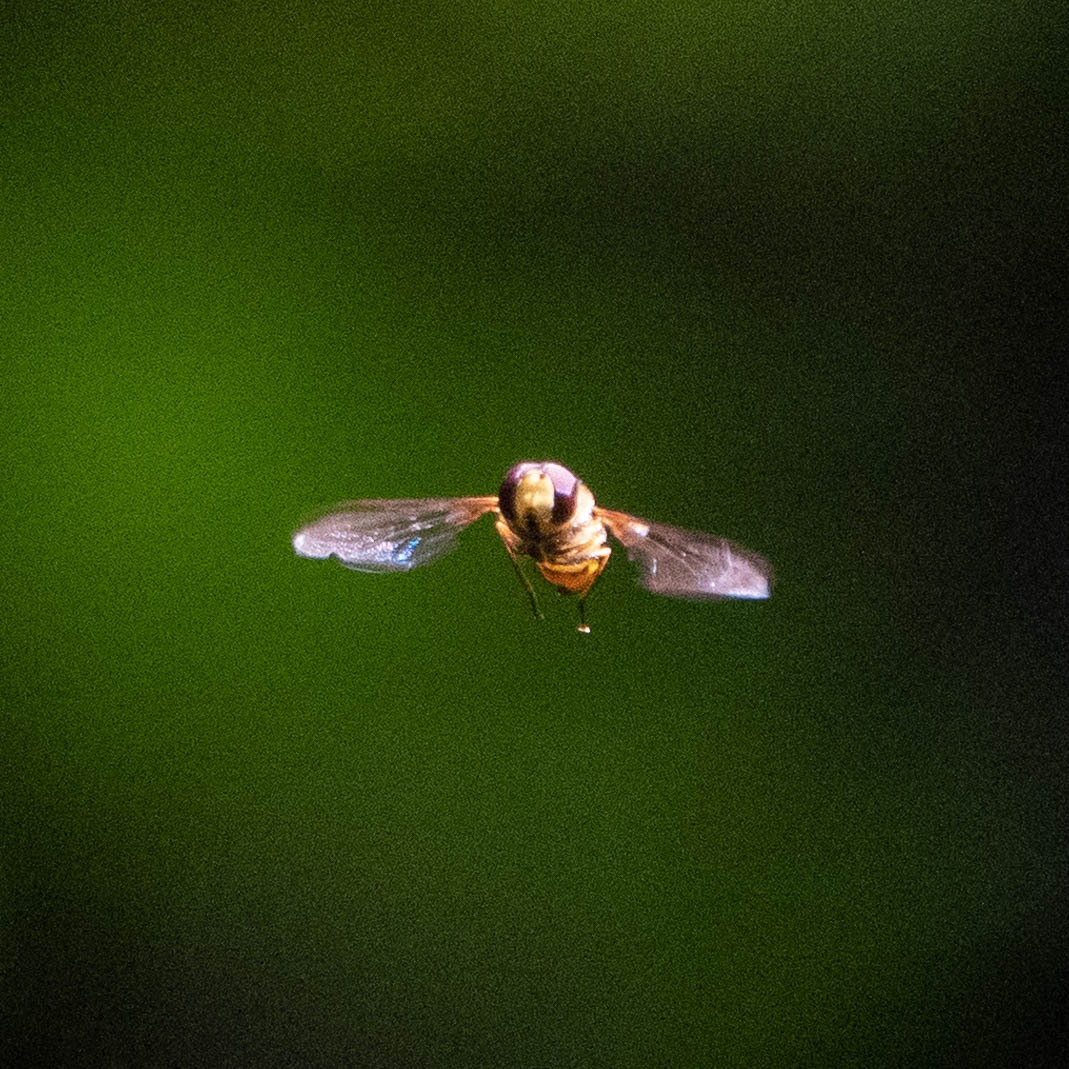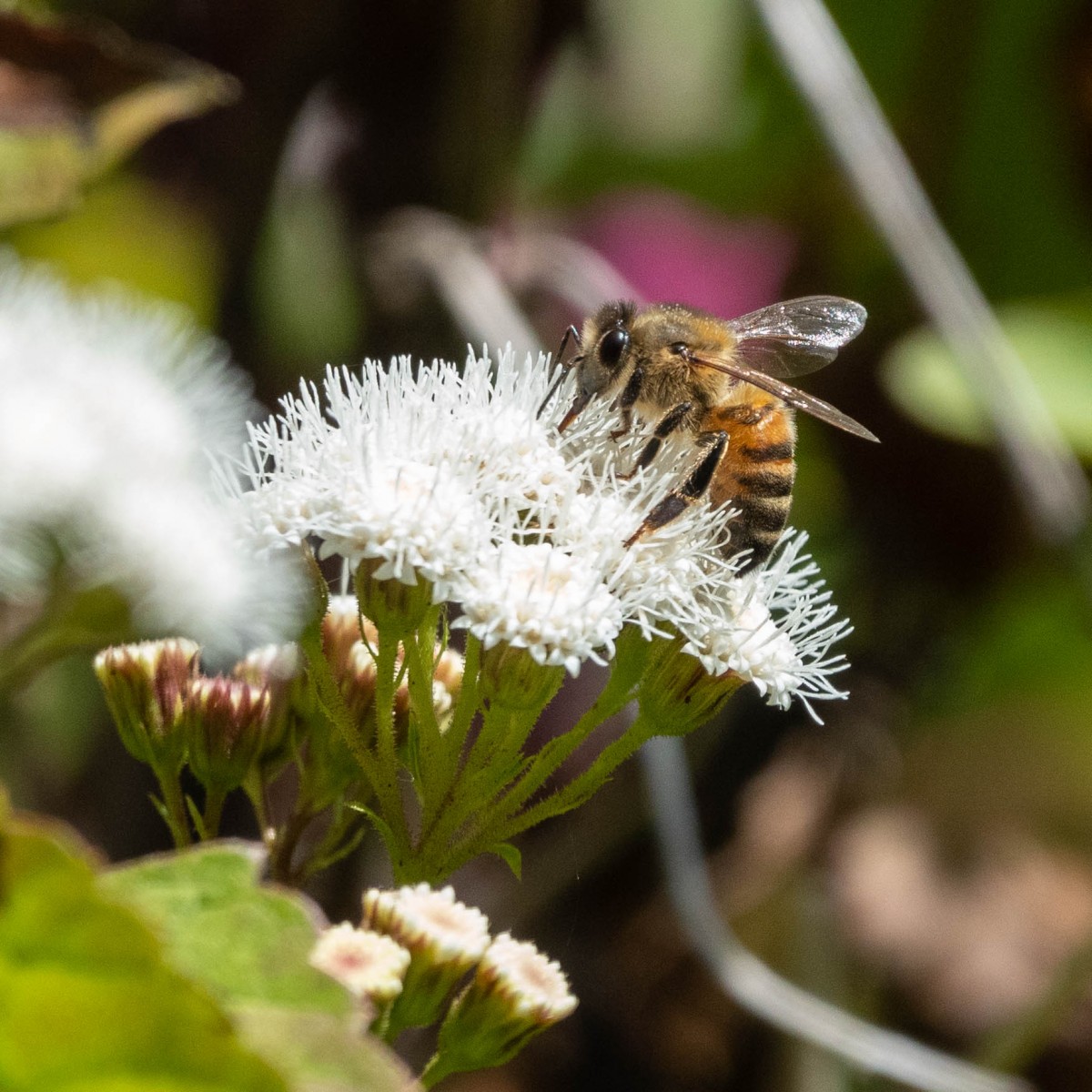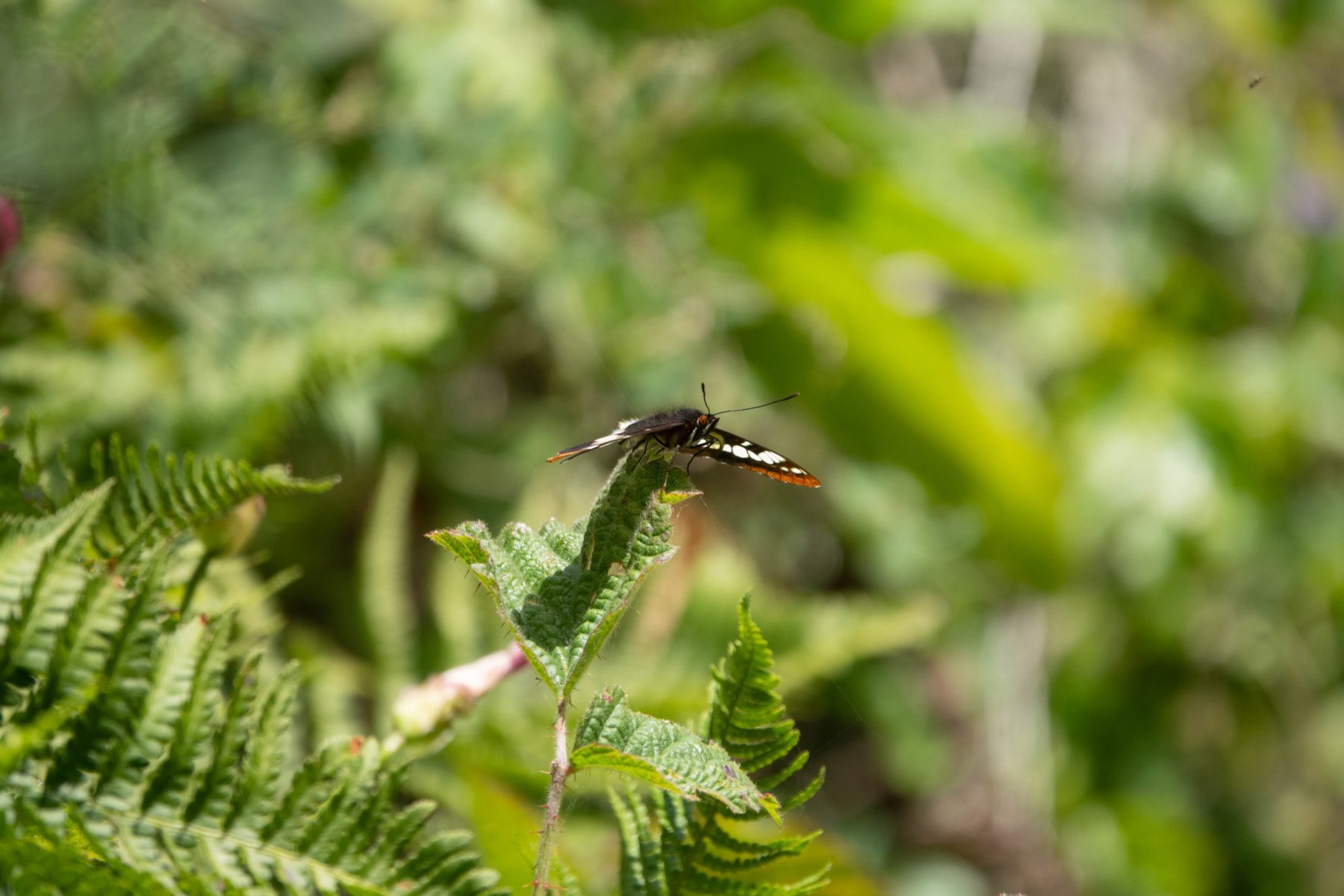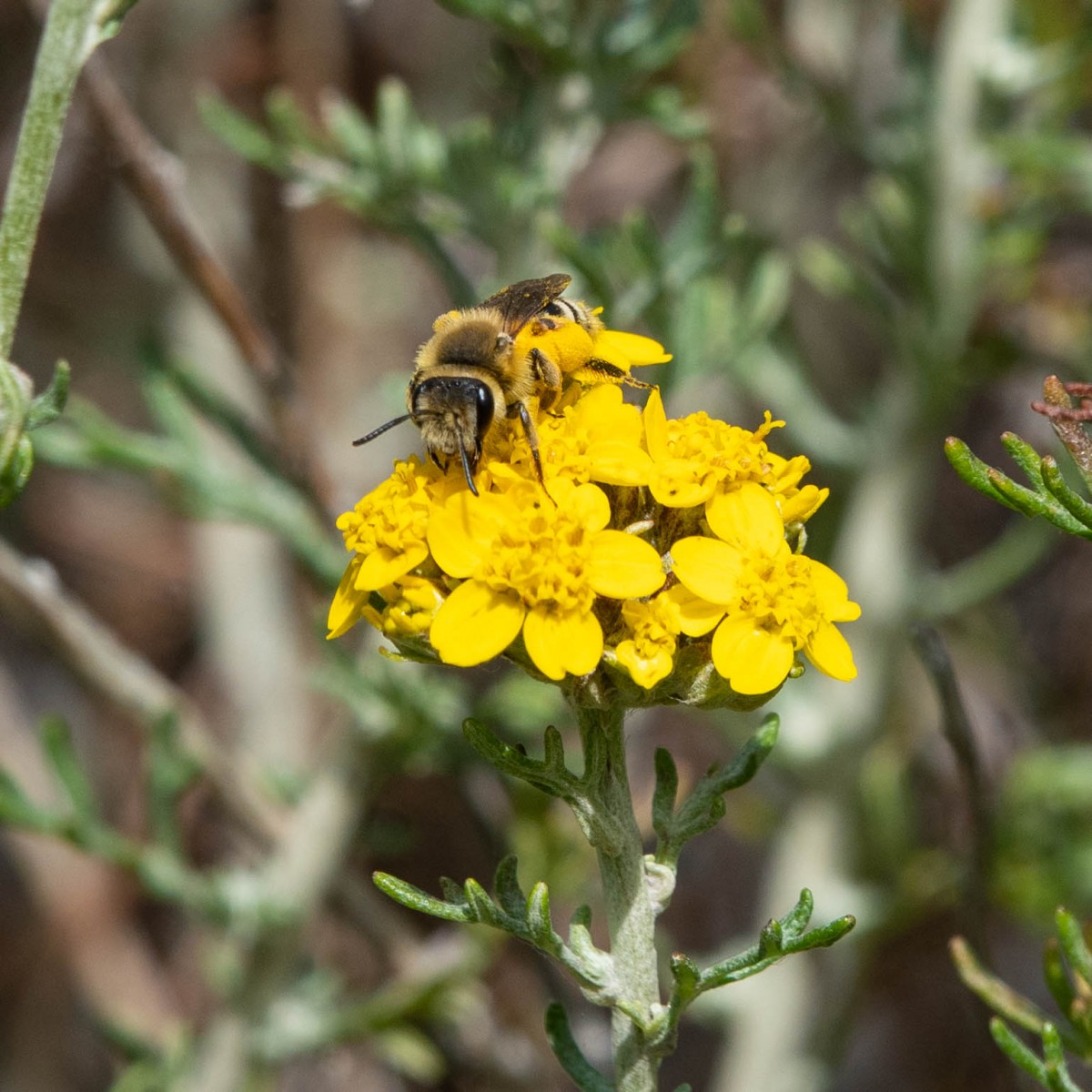Less than ten miles south of Carmel on Highway 1, you will drive through Garrapata State Park. Katherine and I had explored the trails on the west side of Highway 1, but we’d never had an opportunity to explore the trails across the road. We always saw cars parked there, so we figured there was something to see. What was the attraction?
Katherine did some research. The east side of the park included the Soberanes Canyon trail and the Rocky Ridge trail. However, the Rocky Ridge trail was closed so the most you could hike was 1.25 miles one way on the canyon trail. However, it was supposed to be a beautiful hike with an abundance of wildflowers in the spring. We decided to check it out. (Note: dogs are not allowed on these trails; we had to leave Sam and Sasha at home.)
This 2.5 mile round trip hike took us 2 hours and 46 minutes to complete! There was so much to see and admire along the way. Katherine and I often had to step aside to allow faster hikers to pass as we lingered to take photos and explore. One pair of hikers told us that the Rocky Ridge trail had been closed since a 2016 fire. They expressed the belief that the ridge trail would never be opened.
Let’s hope they are wrong.
Because we hiked during the late morning and early afternoon, there was not a lot of bird activity. However, the flowers (along with the bees and butterflies who also enjoy the flowers) were plentiful and made it a worthwhile visit.
Below are two Vivid Dancers we saw. Their colors vary depending on their morph and the temperature. The temperature determines whether they are in their “dark” or “light” phase. Fun fact: the Vivid Dancer is considered the state insect of Nevada. (Wikepedia) (Ours is the California Dogface Butterfly!)
We saw many beautiful and brightly colored flowers and plants. Below, ferns reflect in a magical way on the water of the creek. Hummingbird Sage (dark pink flowers), a kind of Deer Vetch (I was unsure if the yellow and orange flowers were Heermann’s Lotus or Deer Weed — Katherine’s money is on Deer Weed 😉) and Giant Vetch (pink flowers).
Butterflies and bees were active and abundant. Below a Sweat Bee investigates a Tansy Mustard, while a Western Honey Bee lights on a white-colored Sticky Snakeroot. Among the many butterflies we saw were the Variable Checkerspot (brown/black with yellow, orange and black spots on its dorsal wing) and a Lorquin’s Admiral (on a plant near ferns). The Northern Rotund-Resin bee was caught mid-flight.
Speaking of bees, Katherine, a former bee-keeper, spotted a wild bee hive flying into and out of a hole in a tree.

And let’s not forget the reptiles. We saw several lizards enjoying the sun — including one who looked pregnant. This Western Skink, however, preferred dense vegetation where it could prey on a variety of insects, spiders and small invertebrate. The dark band that starts at the side of the head and continues past the back legs helps identify the Western Skink from similar species. (Wikipedia)

We heard several birds (and could identify, like the Spotted Towhee and the Bewick’s Wren, by sound) but saw only a few. Below is an Allen’s Hummingbird (who was seen near the Hummingbird Sage–appropriate).

I spent several minutes with this Song Sparrow. It kept looking up and around as if expecting someone. However, it finally took off before any other bird arrived.

Katherine and I loved this hike — though we had to be careful. Parts of the trail are narrow and there is poison oak. We will be returning to see the canyon in all its different seasons.
